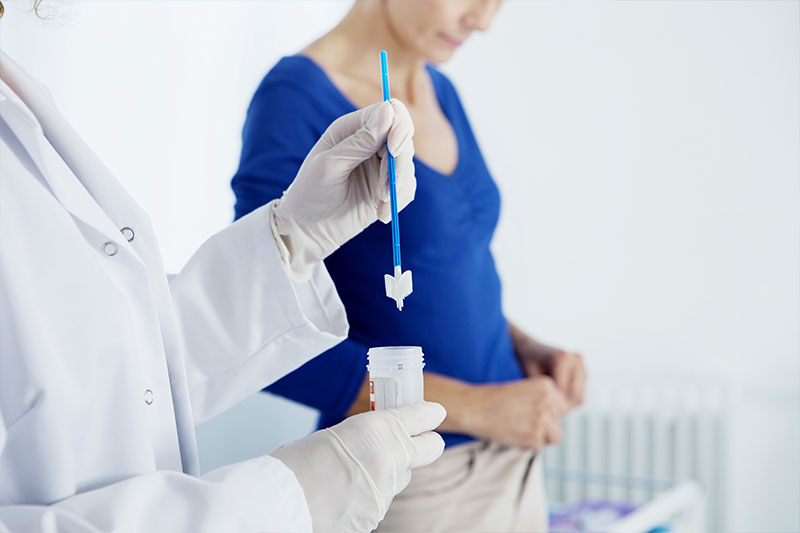Pap Smear Test and its importance
Cervical cancer is the cancer that occurs in the cervix, which is the lower part of the female reproductive system, connecting the vagina and the uterus. It is caused by Human Papilloma Virus (HPV) and is the most common and severe type of cancer in women. But unlike other kinds of cancer, it can be prevented by a vaccine, and if detected at an early stage, can be treated.
A Pap test, or a Pap Smear, is a medical diagnostic procedure that tests for precancerous or cancerous cells on a women’s cervix. Regular pap tests can detect irregularities in the cervix, such as inflammation or infection.
Screening for cervical cancer is a significant health and economic concern throughout the world. The effectiveness of pap smear screenings in reducing cervical cancer mortality is almost universally accepted, as the incidence of death has declined by more than 70 per cent since the 1950s. The decline is primarily due to the widespread implementation of screening programs, which has become a top global health care priority.
Who should have the test done
Pap test screening should be conducted every once to three years, or as recommended by your doctor. Most doctors recommend that Pap smears should begin at the age of 21 or 3 years after being sexually active. After the age of 30, doctors recommend a Pap test and a human papillomavirus (HPV) test. HPV is a sexually transmitted disease that might lead to cervical cancer. Usually, pap smears discontinue when a woman reaches age 70, if they have had no abnormal pap smears for the last ten years.
Relation of HPV and Cervical Cancer
In most cases, cervical cancer is due to high-risk strains of the human papillomavirus (HPV), a form of widespread form of sexually transmitted infection (STI).
In some women, this STI is contracted and then suppressed by the immune system, causing only temporary changes to the cervix’s cells. As a result, some women have abnormal pap smear results, but typical results six months or a year later.
In other cases, HPV can be persistent and eventually lead to precancerous or cancerous cells.
Benefits of a Pap smear
A pap smear test takes a few minutes. It can save women’s lives by detecting cervical cancer early and, therefore, allowing a woman to avoid or treat any abnormalities before they become life-threatening.
Procedure for a Pap Test
- The best time to do the test is five days after your period is over.
- The doctor will visibly check the genital area and insert an instrument called a speculum into the vagina to view the cervix. The doctor will insert a soft cervical brush to collect cells from the cervix.
-
Your doctor may recommend you more frequent tests if you have a weakened immune system, HIV infection, exposure to diethylstilbestrol (DES) before birth.
Results of a Pap smear
Normal Pap smear
If your results are healthy, it indicates that no abnormal cells are present. You may not require a Pap smear for the next three years.
Abnormal Pap smear
If the pap smear test results are abnormal, this doesn’t indicate you have cancer. It suggests that there are abnormal cells on your cervix, some of which could be precancerous.
Depending on the test results, the doctor may recommend:
- increasing the frequency of your Pap smears
- getting a closer look at your cervical tissue with a procedure called colposcopy.
The doctor will use light and magnification to see vaginal and cervical tissues more clearly during a colposcopy exam. In some instances, a biopsy may be done to check the cervical tissue.
Cervical cancer is the most common type of cancer in women. Detection of cervical cancer early is essential for treating the disease. If detected at an early stage, there lies a higher chance that the patient will survive and not have lasting effects from the treatment. That is why it is vital to get pap smear tests done.





